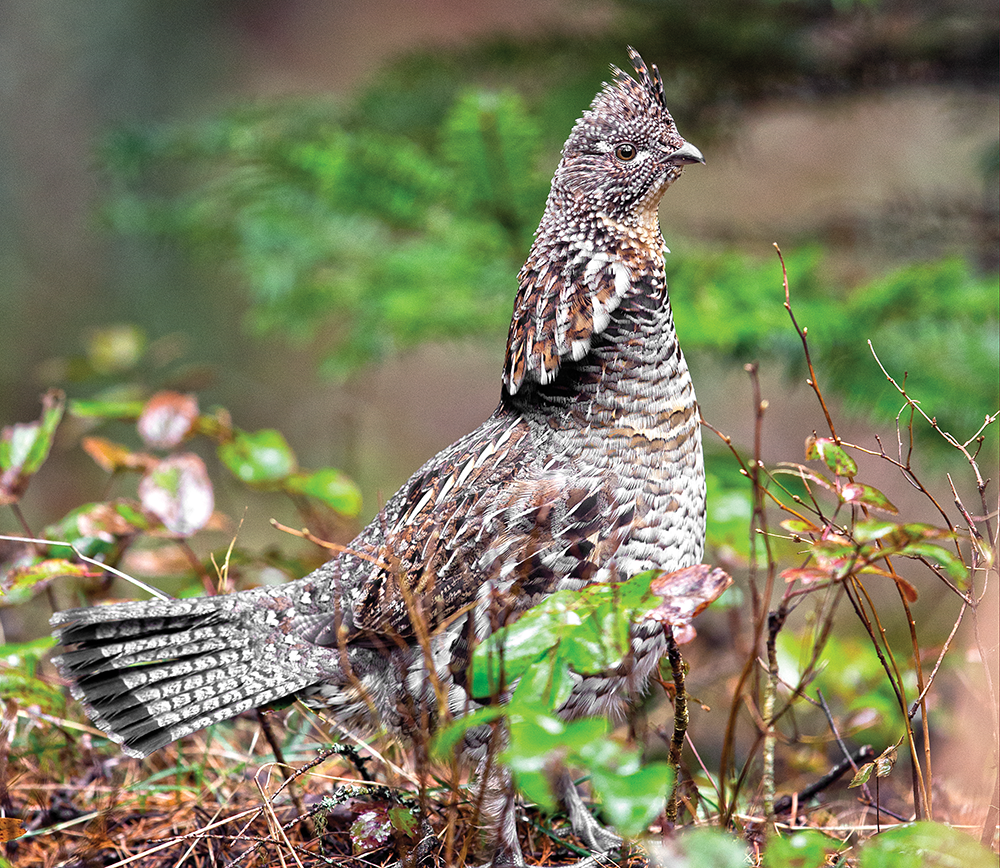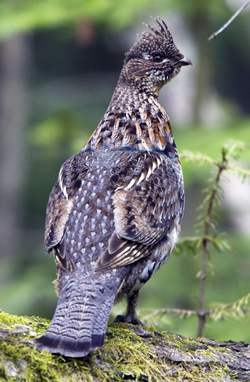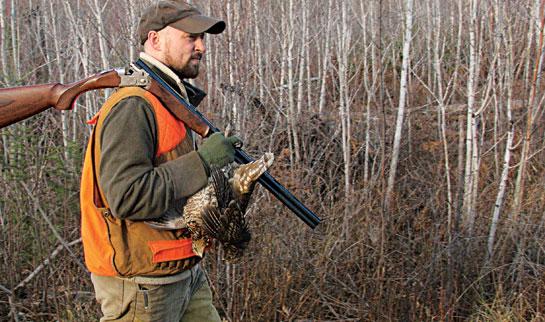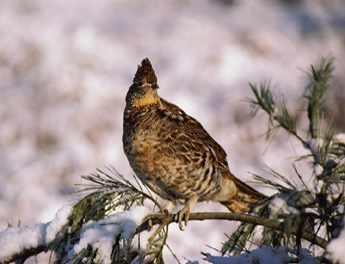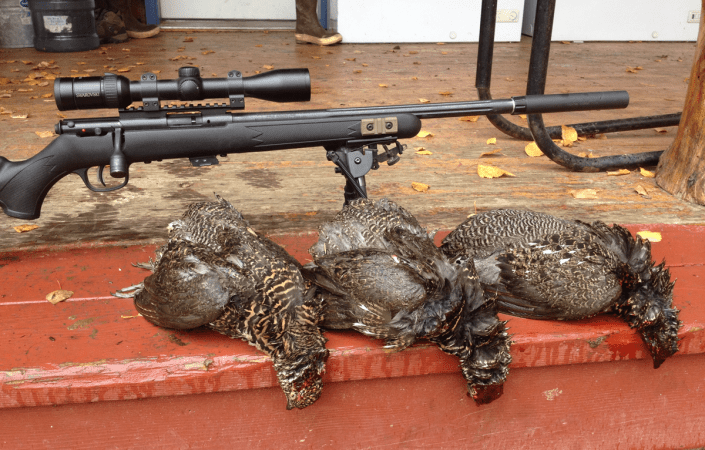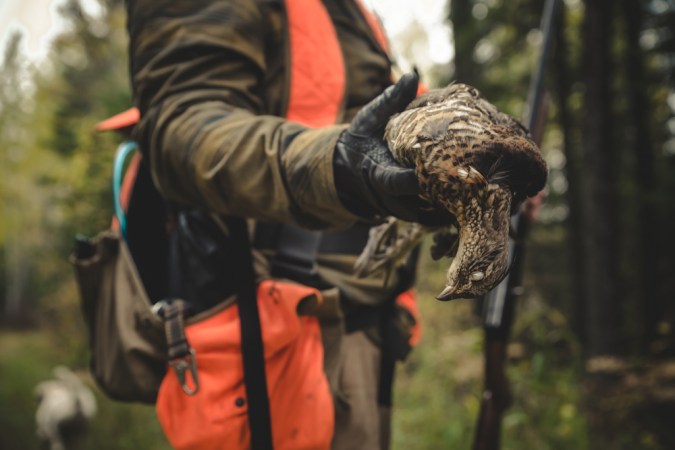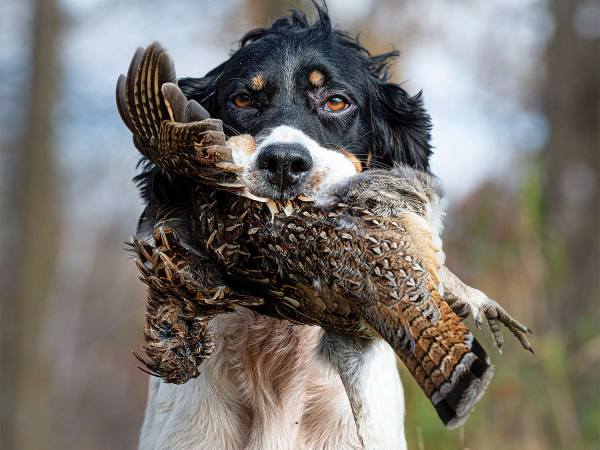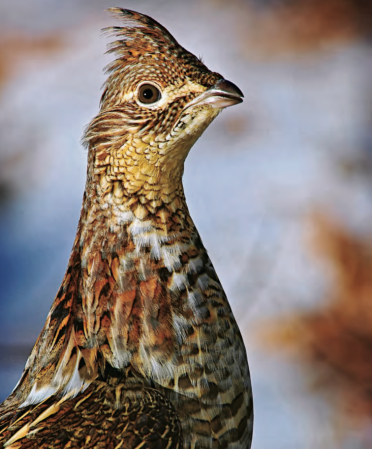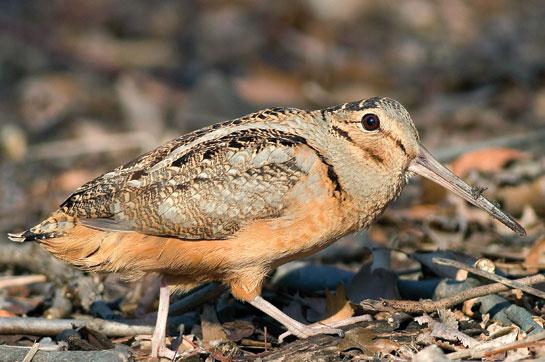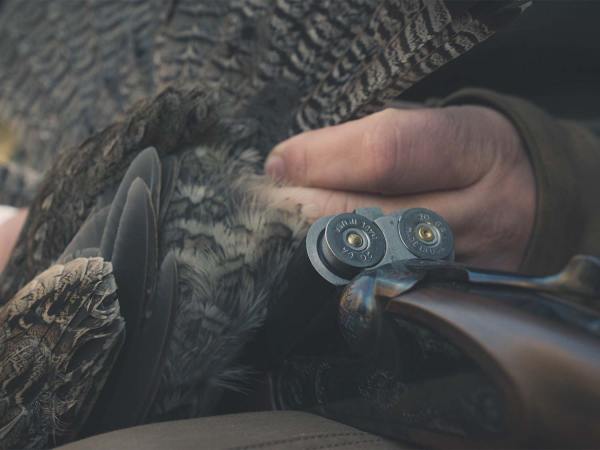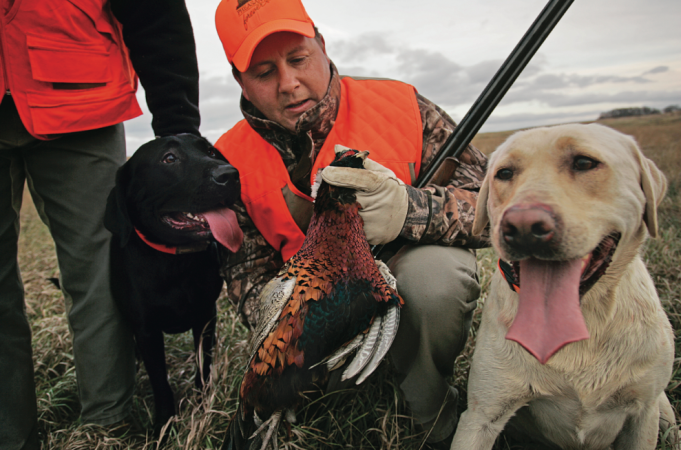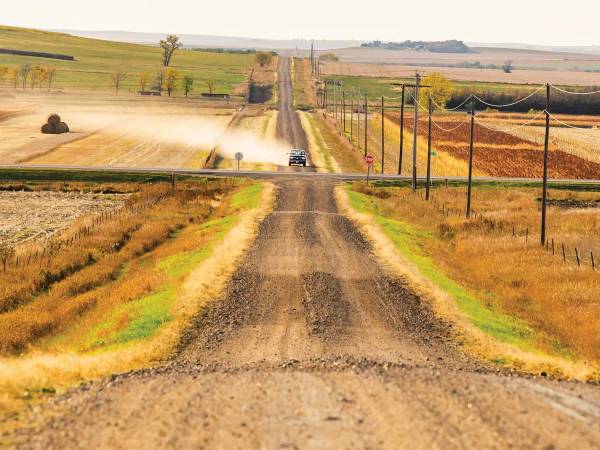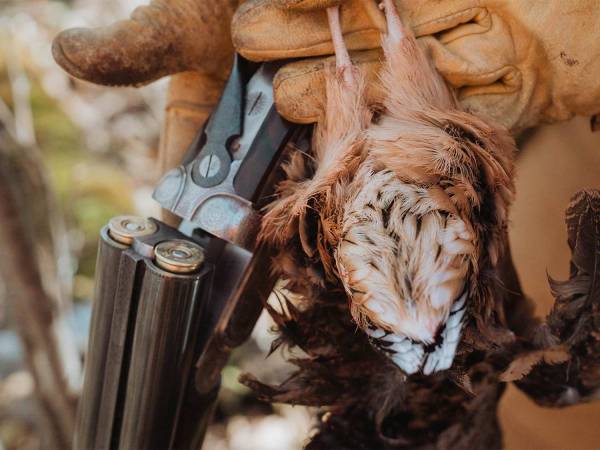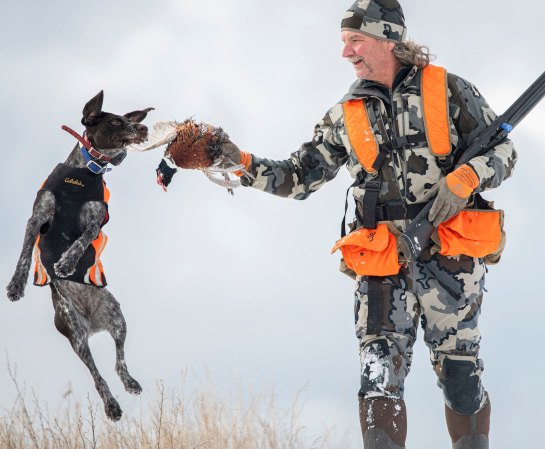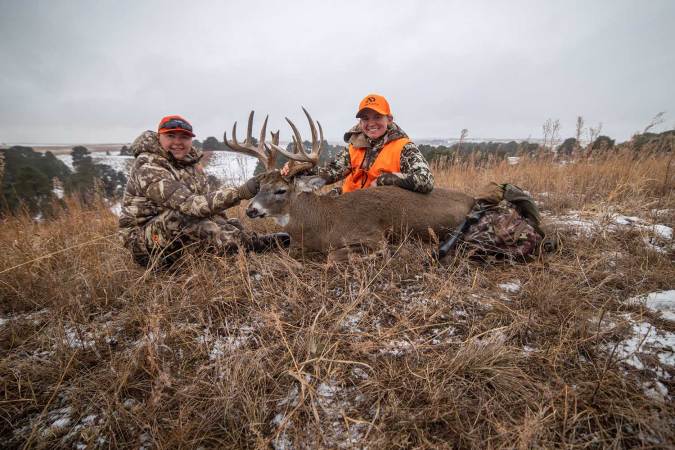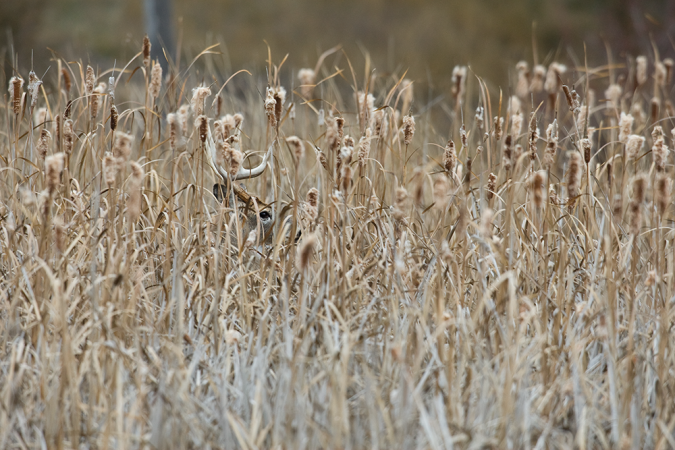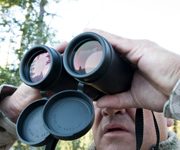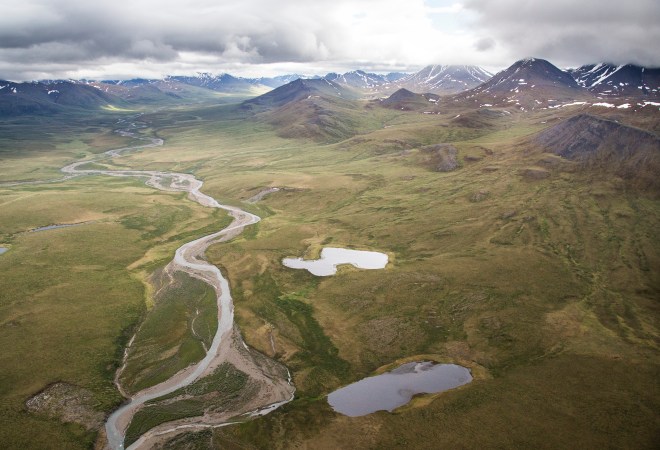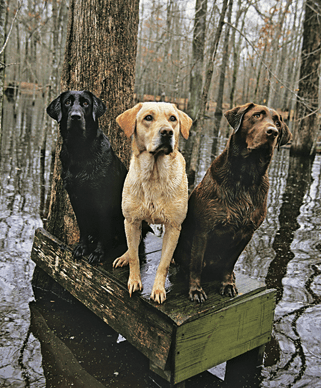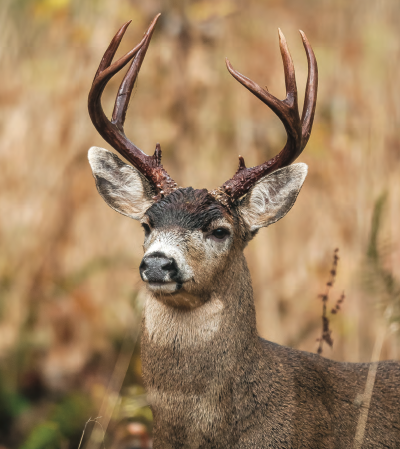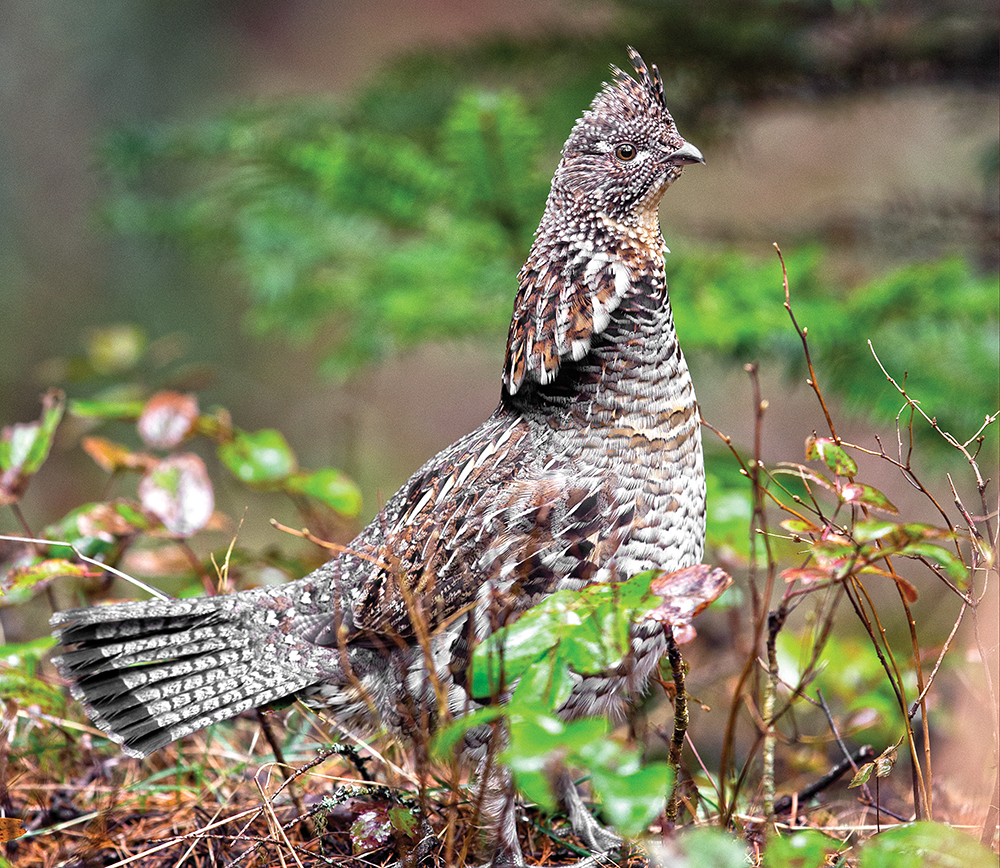
Many grouse hunters follow logging trails and tote roads in search of birds almost exclusively. It’s a decent enough strategy: exceedingly simple, occasionally productive, and you never get lost. But even in the most remote areas, a convenient corridor through the woods invites every other grouse hunter to take that stroll, too. If your competition isn’t hunting there when you arrive, they’ve either bagged the birds already or pushed them back off the path.
To shoot more ruffed grouse, get back into the thick places where the birds live, but don’t wander aimlessly through the timber, tangles, and brush. Ruffs are creatures of the edges—the kinds of places where cover types come together.
So turn on your GPS, get off those overhunted trails, and work these seams, edges, and transition zones to find more birds.
Marsh Adjacent to Timber
As young grouse disperse from their broodmates, the traveling birds come up against open areas such as large marshes. This concentrates birds, as does the abundance of berries, greens, and underbrush (such as gray dogwood), all of which are the result of the extra sunlight and ample moisture. It makes for an ideal seam of grouse habitat.
Young Timber Adjacent to Mature Timber
The line between young aspen timber with broomstick- to baseball bat–sized trunks and mature timber offers grouse the best of two worlds: Traditional hiding cover during the day and bigger trees for nighttime roosting. If the larger trees are oaks, all the better—grouse love eating acorns.
Tag Alders Adjacent to Timber
Grouse use tag alder cover far out of proportion to its availability. Tag alders grow on wet and moist ground. The trunk density and overhead canopy of branches make grouse feel safe, plus the birds feed on the catkins. Work back and forth between the tag alders and timber to find what cover the birds are using that day.
Evergreens Adjacent to Hardwoods
Grouse love firs, hemlocks, spruces, and pines for daytime cover, and for excellent year-round roosting in the needled boughs. The cover is superb, but ruffs can’t survive in evergreens exclusively.
Look for zones where conifers butt up to and even mix with hardwoods such as aspen, oak, and birch.
Crop Fields or Pasture Adjacent to Timber
Plenty of grouse live in areas that mix farmland with woodland. Ruffs are quick to take advantage of crop fields (mainly corn) for cover and feeding. The edge between a corn stubble field and the thickly shrubbed edge of a woodlot is ideal for an early-morning or late-afternoon hunt, when the birds are working toward or coming back from the grain. Cow pastures replicate the meadow openings grouse like in traditional habitat, and offer similar edge opportunities with witch hazel, plum brush, and crabapple trees.
Creek Corridors
Any creek, brook, or stream coursing through the woods serves as a grouse magnet. These moist corridors offer berry-producing shrubs and tag alders, and that attracts birds all fall. On warm and/or windy days, the birds will be down low along the water. On cooler days, and sunny midmornings and afternoons, look for grouse in adjacent uplands.
Stone Walls and Fences
Old stone walls and barbed wire fences offer more than a convenient line to follow: These manmade structures often lead to old homesteads, brook crossings, grown-over fields and pastures, abandoned orchards, and other forgotten places that attract grouse.
Dogwood Seams
Across their range, ruffed grouse love to eat dogwood berries. Dogwood often grows in elongated patches in sunny spots. Dogwood isn’t thorny, but it’s hard to walk through and get off a shot in. Hunt the edges. If you have a dog, send it in to find the birds.
